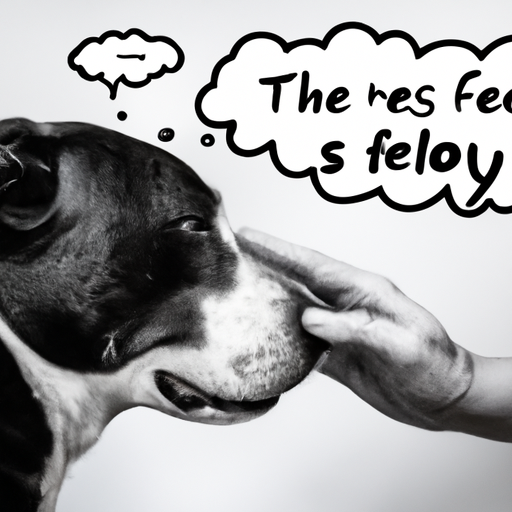Understanding Canine Separation Anxiety
Dear caregivers, your furry companion might be experiencing separation anxiety if they become overly distressed when you’re not around. It’s a common issue but one that shouldn’t be taken lightly. Understanding why your dog reacts the way they do is the first step towards finding a solution.
Dogs are social animals by nature. They form strong bonds with their owners and can feel a sense of panic when left alone. This can manifest in various ways such as excessive barking, destructive behaviors, or attempts to escape.
Recognizing the Signs
It’s crucial to recognize the signs of separation anxiety in dogs. This way, you can start working on a solution sooner rather than later. Here’s a short list of symptoms:
- Excessive barking or howling when left alone
- Destructive behavior such as chewing furniture or scratching doors
- Attempts to escape from the house or yard
- Pacing in a fixed pattern or along a set path
- Excessive drooling, panting or salivating more than usual
Practical Solutions to Ease Anxiety
Once you’ve recognized the signs, it’s time to put into action some practical solutions. Remember, this isn’t about punishing your dog but rather helping them feel secure and comfortable when you’re not around.
- Create a Safe Space: Provide a comfortable, quiet space for your dog when you’re away. This could be a specific room or a crate if your dog is crate trained.
- Use Distractions: Leave toys or food puzzles to keep your dog busy. This can divert their attention and reduce anxiety.
- Implement a Routine: Dogs thrive on routine. Regular feeding, exercise, and play times can help reduce anxiety.
Professional Help for Severe Cases
In some cases, your dog may need professional help. Veterinarians can prescribe medications to help manage anxiety, and professional dog trainers or animal behaviorists can provide more personalized training techniques.
| Profession | Role |
|---|---|
| Veterinarian | Can prescribe medications to help manage anxiety |
| Dog Trainer/Animal Behaviorist | Provide personalized training techniques |
Gradual Desensitization
Gradual desensitization is a process that can help your dog overcome their anxiety. The idea is to gradually get your dog used to being alone. Start with short departures and gradually increase the length of time you’re away.
This process can be slow and requires patience. But remember, you’re not alone. Reach out to a professional if you need help.
Frequently Asked Questions
Q: Can food puzzles really help my dog’s separation anxiety?
A: Absolutely! They keep your dog mentally stimulated and distracted when you’re not around.
Q: Is it okay to use medication for my dog’s separation anxiety?
A: Yes, in severe cases medication might be necessary. Always consult with your vet before starting any medication.
Q: How long does it take for desensitization to work?
A: It varies for each dog. Some might show improvement in weeks, while for others it might take months. Patience is key.
Remember, your furry friend’s wellbeing relies on your understanding and action. With love, patience, and the right strategies, you can help your dog overcome separation anxiety.



